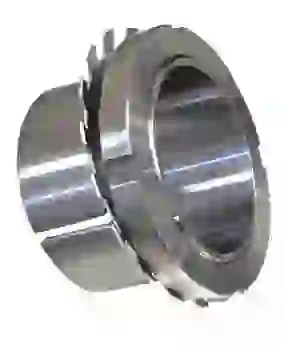SLEEVE BEARING
Get Fastest Delivery / Get Best In Market Rates / 43+ Years Of Experince
Sleeve bearings (sometimes called bushings, journal bearings or plain bearings) facilitate linear movement between two parts. Sleeve bearings consist of a metal, plastic or fiber-reinforced composite sleeves that reduce vibrations and noise by absorbing friction between two moving parts using a sliding motion.
They are also known as bushings, plain bearings or journal bearings. Unlike the rolling action of a ball bearing or roller bearing, the sleeve bearing has a sliding action. When needed they can be used with lubricates or self-lubricating components to ensure smooth continuous operation.
With the addition of lubrication sleeve bearings offer a low coefficient of friction and provide excellent wear resistance. Because they are relatively low cost and maintenance-free, sleeve bearings are used in many applications.
Simply, sleeve bearings facilitate motion between two components, reduce friction and absorb vibration. They have a high load capacity, making them suitable for a range of heavy-duty applications.
Robust sleeve bearings can deal with high loads and high temperatures with incredibly low wear. Their contact area has high shock load resistance and they can compensate for misalignment of the other components.
They offer a number of advantages; low-friction, compact, reducing the size of the system, lightweight, easy to install and help remove vibration (and therefore noise).
Sleeve bearings are incredibly versatile and can be used in a wealth of applications. They can be used to facilitate different groups of movement:
Rotational movements
Linear movements
High frequency oscillating movements
They are commonly found in pivot points, and as a result they are used extensively in the automotive industry, manufacturing machinery and white goods. In the automotive industry they deliver rotational linear movement for hinges, seat adjustment mechanisms and steering yokes. Belt tensioners use sleeve bearings for high frequency oscillating movement. In manufacturing lift and tilt devices need them to facilitate linear movement, another example is clevis joints for hydraulic cylinder pins.

 Balaji Bearing Co.
Balaji Bearing Co.